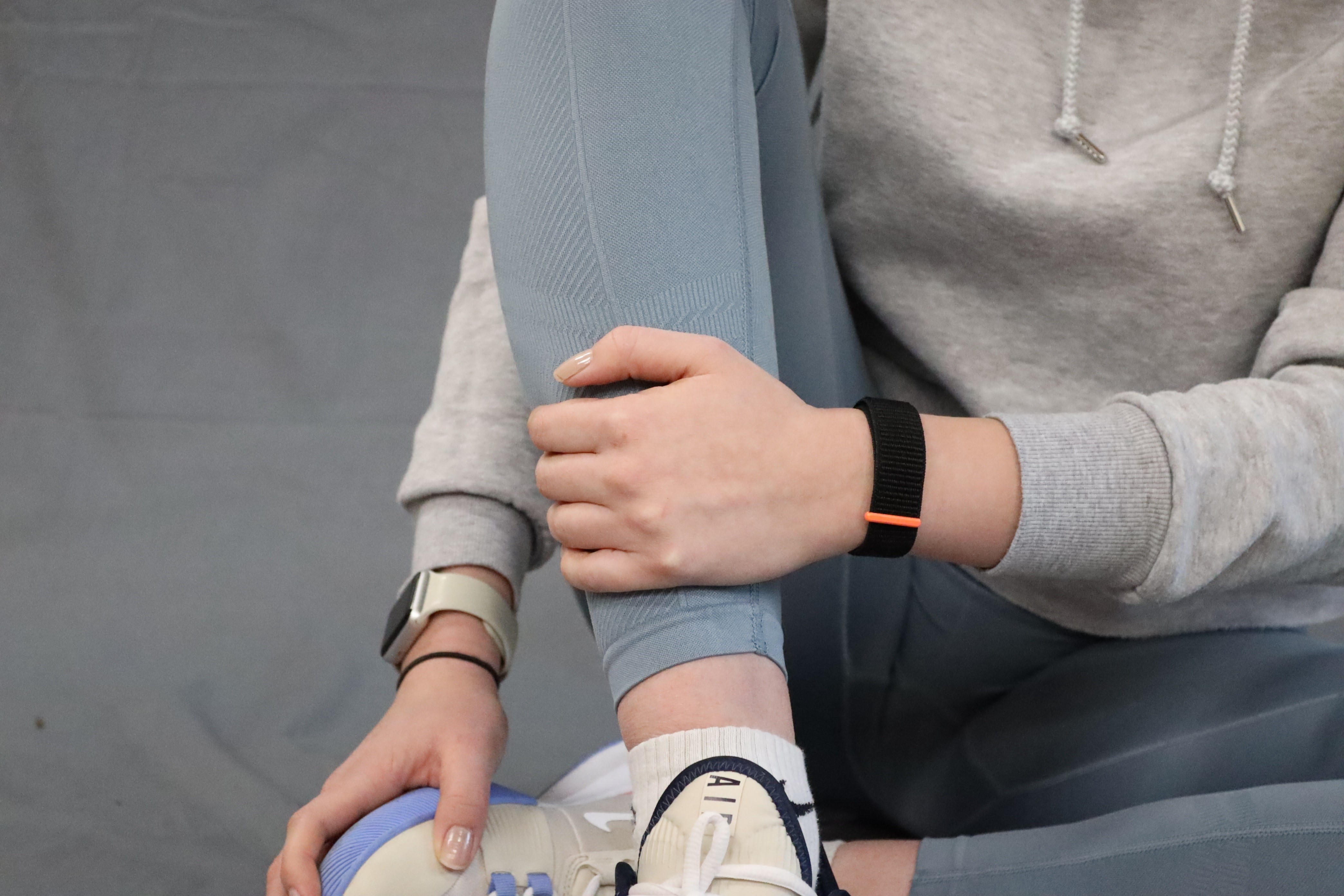
Lower Cortisol While Ditching the Pills
Sound Over Supplements: Lower Cortisol Without the Medicine Cabinet
Music has been used for healing since ancient times, but only recently has science begun to understand exactly how sound frequencies affect our biology. Beyond just making us feel good, properly tuned music can create measurable changes in our physiology, potentially serving as a form of medicine — without side effects.
The Frequency Foundation of Music
Music is, at its core, organized frequency. Each note vibrates at a specific rate measured in Hertz (Hz). In modern standard tuning:
Middle C vibrates at ~262 Hz
A above middle C vibrates at 440 Hz
Interestingly, this tuning system is relatively new. For most of history, instruments were tuned to frequencies more aligned with nature and human biology.

The 432 Hz Revolution: Returning to Natural Tuning
A growing movement advocates returning to A=432 Hz tuning (which makes C=256 Hz), claiming it aligns more closely with the natural rhythms of the Earth and the human body.
A double-blind study in the Journal of the Acoustical Society of America found that 432 Hz music:
Made listeners feel more relaxed and centered
Lowered heart rate and blood pressure
Was described as "warmer", "more natural", and "more pleasant"
Dr. Maria Renold, music researcher, noted:
"The 432 Hz tuning seems to work at the heart chakra, creating a calm, pleasing effect, whereas the 440 Hz tuning creates a more mental and outward experience."

Beyond Hearing: How Frequencies Affect the Whole Body
We don’t just hear music — we absorb it physically. Frequencies influence the body even if they’re outside our hearing range.
Studies using vibroacoustic technology at the National Institutes of Health found:
Organs resonate with specific frequencies
The heart is especially responsive to 120–140 Hz
Brainwaves shift to match music frequencies
Cellular ion channels (like calcium) are sensitive to sound
This explains why some music moves us physically — our cells and tissues are responding in real time.

The Science Behind Music’s Healing Effects
Pain Management
A 2023 study in the Journal of Pain Research found that music:
Increased immunoglobulin A (immune antibody)
Improved heart rate variability, suggesting better nervous system balance
Compositions featuring the C-tone (256 Hz) showed the most coherent autonomic responses.
Cognitive Enhancement
A study from the University of California found music tuned to 432 Hz:
Improved working memory by 14%
Enhanced problem-solving skills
Increased alpha brain waves (linked to creativity and calm)
Boosted hemisphere synchronization
Results were significantly better than with standard 440 Hz tuning.

Frequency Medicine: Specific Tones for Specific Effects
396 Hz – Liberation from Fear and Guilt
Reduces amygdala activity (fear center) and increases rational thinking.
417 Hz – Facilitates Change
Helps break habitual thought loops and cleanse traumatic memory patterns.
528 Hz – "The Miracle Frequency"
Believed to promote DNA repair and cellular rejuvenation. Backed by research suggesting reduced stress markers.
639 Hz – Relationship Harmony
Balances hemispheres and promotes empathy. Boosts communication.
741 Hz – Mental Clarity & Problem Solving
Activates the prefrontal cortex, the brain’s center for logic and focus.
852 Hz – Spiritual Awakening
Stimulates the pineal gland and increases gamma brain wave activity linked to intuition.

Musical Frequency Therapy: Practical Applications
Sound Bath Therapy
Immersive sessions using tuned crystal bowls, gongs, and other instruments show benefits for:
Insomnia
Anxiety
Chronic pain
PTSD and trauma recovery
A 2022 meta-analysis of 31 studies found sound baths were effective and side-effect free.
Binaural Beats
Delivers slightly different tones to each ear to create a third frequency that entrains brainwaves. Used to:
Improve meditation
Enhance memory and learning
Reduce anxiety
Induce theta/delta sleep states
Frequency-Specific Music Streaming
Apps and platforms now offer 432 Hz and solfeggio-based music. Regular listening helps with:
Sleep quality
Mood enhancement
Nervous system regulation
How to Use Frequencies Throughout the Day
1. Morning Uplift (7–9 AM)
Use 528 Hz or 417 Hz for emotional balance and optimism.
Tip: Play these tones while getting ready or during morning walks.
2. Midday Cognitive Enhancement (12–2 PM)
Use 741 Hz for sharper thinking and stress resistance.
Tip: Play during lunch or before intense mental tasks.
3. Evening Harmony (6–8 PM)
Use 639 Hz to support communication and social bonding.
Tip: Play this frequency during dinner or family time.
4. Sleep Prep (9–10 PM)
Use 396 Hz to release tension and promote sleep.
Tip: Play for 20 minutes before bed or during relaxation practices.
5. Ongoing Support with Wearables
When you can’t listen to music, Infinity Frequency bracelets can provide constant exposure to beneficial tones like the C-tone.
Perfect for stressful environments, travel, or EMF-dense areas.

The Future of Frequency Medicine
Music and sound are becoming central to modern medicine — not just for emotional support, but for biological and neurological benefits.
Harvard Medical School now includes music therapy in its integrative programs, and hospitals worldwide are adopting frequency-based healing.
The best part? Frequencies are free, natural, and immediately accessible.
By learning to tune in to the right frequencies at the right times, you can profoundly influence your health, mood, and vitality.
Coming Soon in August:
“Cellular Communication: The Secret of Vitality at the Microscopic Level” — exploring how frequency alignment helps cells work in harmony.
Let me know if you'd like this turned into an email teaser, social post series, or need SEO metadata like keywords and meta descriptions!
